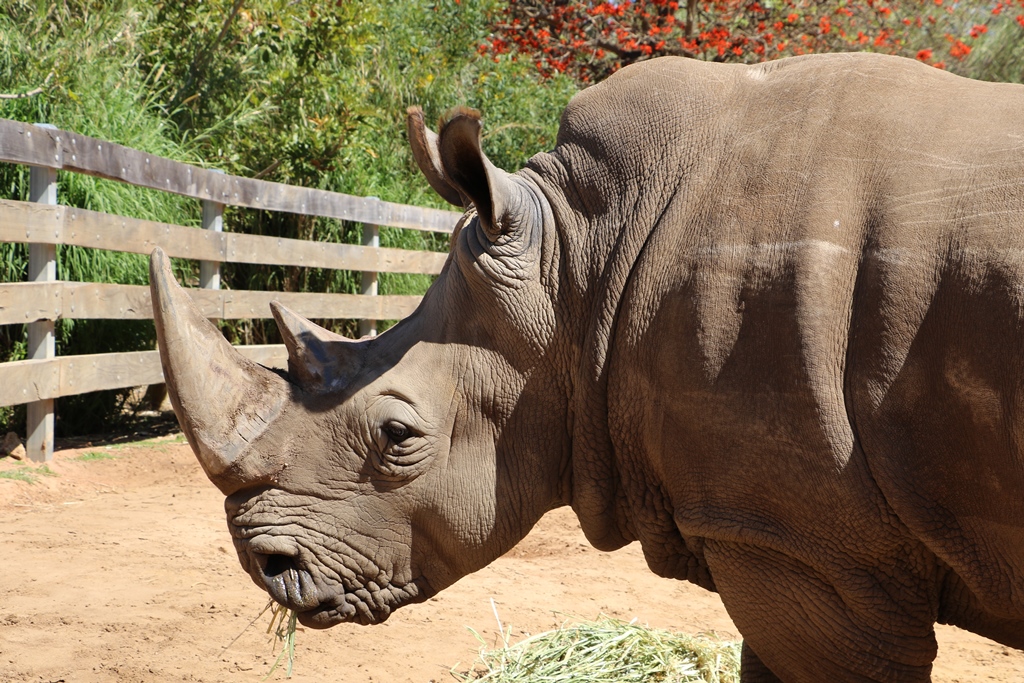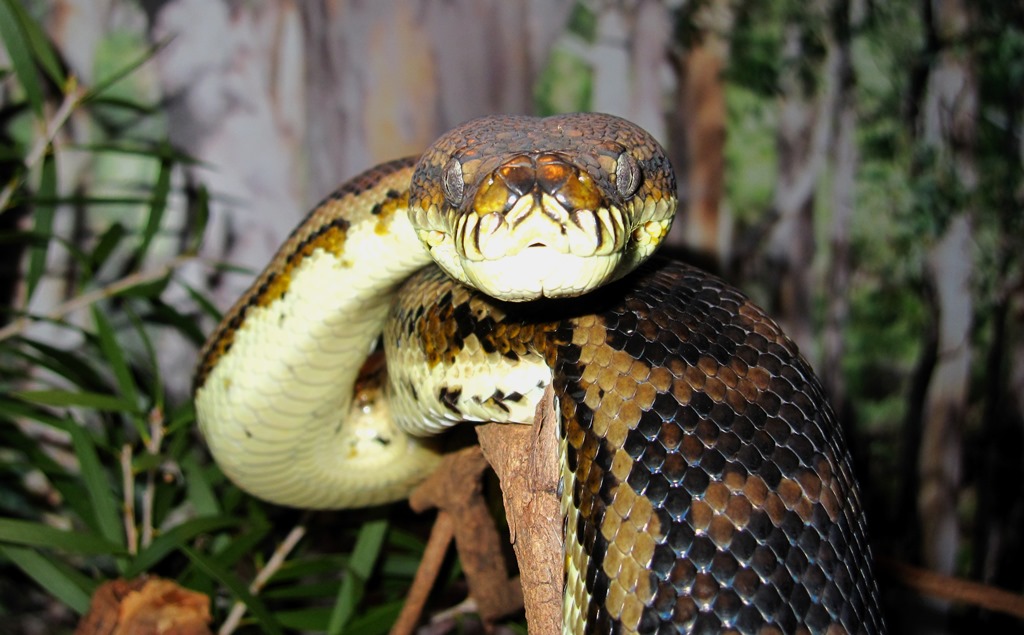Here are four wildlife superstitions we think are even scarier than those horror movies revolving around the “unluckiest” day of the year.
Elephants

Tusks, a feature these majestic giants often use for defence and protection, has tragically led to the deaths of countless elephants through the illegal ivory trade.
Many cultures believe these giant land animals are a positive symbol of luck and wealth, but the glowing reputation has endangered their life, with some people using ivory items or jewellery as a way to embrace these attributes for themselves.
Research from TRAFFIC, the wildlife trade monitoring network and one of our conservation partners, estimates that around 30,000 African Elephants are poached for their tusks every year.
Poaching is just one threat elephants face in the wild, along with habitat destruction, conflicts with locals and live trafficking in the tourism industry.
We believe the best way to attract luck is to help keep more elephants alive, so we have partnered with Frankfurt Zoological Society to establish Wildlife Protection Units which protect Sumatran Elephant populations in Bukit Tigapuluh.
Rhinoceroses

Ground up rhino horn has the reputation in some cultures of being a magical potion. But even though these amazing animals bare a very loose resemblance to the legendary unicorn, there is nothing “magical” about them when it comes to curing illnesses.
The horn of a rhinoceros is made from keratin, the same ingredient as our hair and fingernails…and we all know ground up nails hold no medicinal properties! Sadly rhino horn is more expensive than gold…poachers are literally killing for keratin, but would you pay good money for ground-up toenails? No! Same applies for rhino horn.
Traffic recorded an increase in demand for rhinoceros horn in recent years, with at least 1054 poaching incidents in South Africa last year.
Due to illegal poaching and habitat loss, the most endangered rhinoceros species in the world is the Sumatran Rhinoceros.
Our Southern White Rhinos, Memphis and Bakari, are amazing ambassadors for their wild cousins.
Snakes

There are myths from many cultures plaguing our serpent friends, with the majority giving them an unfair reputation and putting them at risk.
Some people believe that snakes are a bad omen and killing them will help them triumph over any enemies. While others have credited snakes with supernatural powers and used parts of the snake in medicinal and healing products.
This misunderstood reptile is certainly not evil and even though some snakes can be hazardous, most would rather avoid than attack you.
You can learn more about snakes in the Reptile Encounter at Perth Zoo, or meet our extra friendly pythons in Scaly Mates, a close encounter experience for all ages.
Tiger

Fallacies around this powerful feline, from traditional medicine, aphrodisiacs, prosperity and affluence, has led to a high demand for products made from several body parts of the tiger.
Tiger farms and illegal poaching of tigers for their skins, bones, teeth and nails has played a significant role in their population decline in the wild.
There are only six of nine tiger subspecies remaining, the Javan, Bali and Caspian tigers went extinct during the twentieth century. Today there are as few as 3200 wild tigers remaining.
Here at the Zoo we support the conservation of the critically endangered Sumatran Tigers, there is estimated to be only around 400 remaining in the wild.
Through partnerships with Frankfurt Zoological Society and TRAFFIC, we are contributing to a better understanding of these animals in the wild and the threats they face from organised crime in Sumatra.
While superstitions can be fun, anything that endangers our wildlife should be questioned and avoided. We hope we have helped bust some of these wildlife superstitions for Friday the 13th!
Melissa Leo
Media and Communications Officer